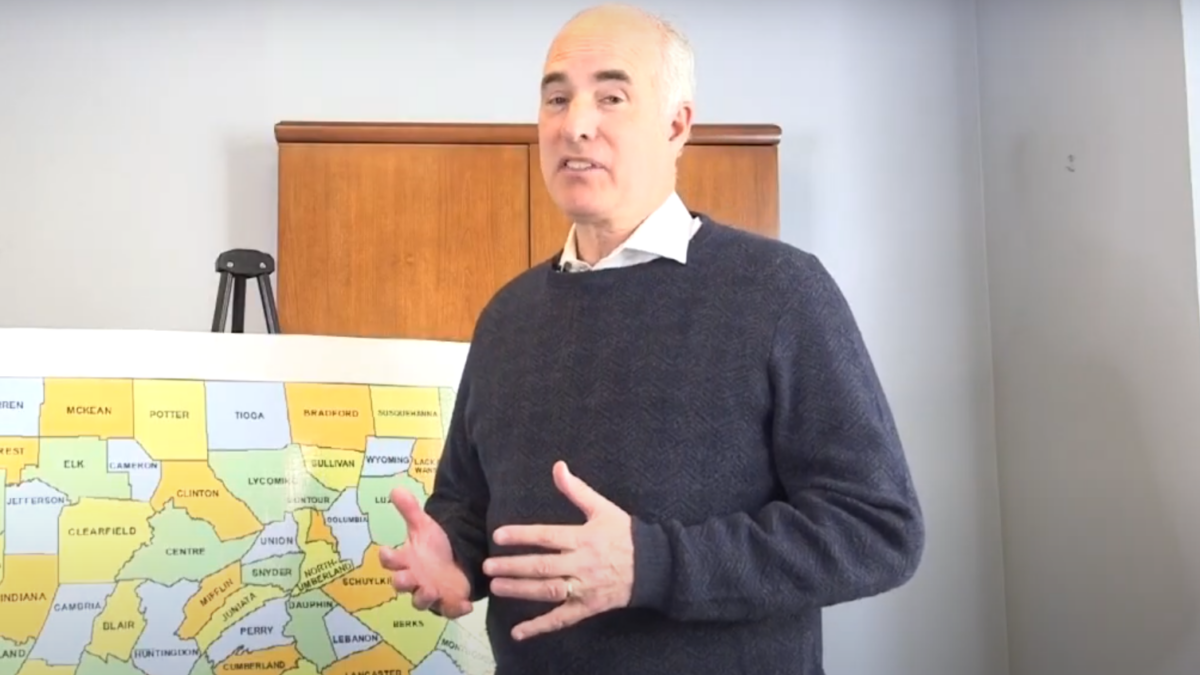
Transgenderism has ignited significant media coverage and significant pushback from adherents of traditional morality. The bathroom laws that dominated the news from Texas to North Carolina have elicited a field of responses and spawned a number of skirmishes in the culture war, but the issue of predators and safety illuminated the weakness of transgender theory and the implications of its unavoidable subjectivity.
Transgenderism, at its absolute core, starts in the mind. It is the claim that an immaterial aspect of an individual is a different sex than the biological sex that he is born with; that such individuals are “misgendered” at birth, or otherwise that such individuals must configure their bodies to “become” the same as their mental sex.
To give an idea of how powerful this theme is in trans theory and practice, here is how Gayle Salamon, an English professor at Princeton University, begins her book “Assuming a Body,” her sweeping treatment of transgender theory: “I seek to challenge the notion that the materiality of the body is something to which we have unmediated access, something of which we can have epistemological certainty, and contend that such epistemological uncertainty can have great use, both ethically and politically, in the lives of the non-normatively gendered.”
Epistemological certainty is the main obstacle to trans theory, and trans rhetoric is thundered from the rooftops to this effect: “becoming who you really are,” “trapped in the wrong body,” and a dozen more similar phrases all testify to the inability of the mind to freely access the body in transgender theory. Perhaps Salamon’s writing can exemplify the core problem with trans theory:
I worry, however, that the attempt to pinpoint this difference of transsexuality by asserting that the transsexual body is ‘unimpeachably real’ unwittingly falls back in a problematic slippage between the assertion of a felt sense of the body (which is surely necessary) and the consequent claim that what a body is and how it is assumed are self-evident things (which is not).
So the question becomes: Is the body self-evident? What if it is?
What Thomist Realism Says about Trans Theory
Etienne Gilson published “Methodical Realism” in 1935 and “Thomist Realism and the Critique of Knowledge” in 1939, but modern readers would be forgiven for suspecting it was written sometime around 2014. His aim was to refute a group of errant Thomists, who had styled themselves “Critical Thomists,” who sought to integrate Cartesian idealism into Thomist realism, and the result was mostly Cartesianism. Little did he know he would lay the groundwork to decisively refute transgender theory. For Gilson, the question worth answering was: How does the mind know the external world, and is it self-evident? Can the mind know the external world? It could, and he explained how.
Gilson stood against the “Critical Realists” by starting with being and the external world, rather than the mind, where his opponents started. Gilson pointed out that for St. Thomas Aquinas, the external world was self-evident, requiring no justification, and there was no need to attempt a justification when none was needed. The mind and senses work together to interpret sense experience and to make judgments about the world. But by starting with the mind, or thought, there can be no justification for trustworthy access to the external, non-mental world, and this is where Descartes’ system foundered into skepticism—and it’s where transgender theory runs aground as well.
Gilson remarks succinctly: “If you start with thought alone, you will never get beyond it, but if you do not start with thought alone, you will not have to do anything further in order to grasp existing beings since you will already be in contact with them.”
The implications of this metaphysical mien is apparent: transgenderism (and trans theory, by extension) starts in the mind, not in the body, and by virtue of its essential subjectivity, is unfalsifiable. The ability of almost all human beings, including even young children, to identify and naturally classify people by biological sex is a normal—read: normative—function of reason.
Claims of transgenderism cannot be proved by putting on clothes or makeup, or even surgically altering the body (and St. Thomas himself said a few applicable things in regard to that, but that’s a topic for another day). Gilson had no possible way of knowing that one of his off-handed remarks about the role of psychology in idealism would accurately describe most psychiatric responses to transgenderism: “It is too easy to dream up a psychology to fit the needs of a particular metaphysics.” What is the response of surgeons and psychiatrists to transgender individuals these days, other than a psychology in service to a very peculiar metaphysics?
This reduces defenders of allowing individuals to use facilities for the opposite sex to saying some patently absurd things. Of course most trans individuals aren’t predators; of course some predators will try to take advantage of it. So what will the law say? Will the law allow people to use the facilities they desire, but only if they are telling the truth? Is that how this works now? How would you prove such a claim?
What Zack Ford Got Right
Enter Zack Ford. The LGBT editor of ThinkProgress got into a spat with several contributors to The Federalist over the image used as a header for an article on transgenderism. His problem with the image, not selected by the author, was that it depicted an individual not sufficiently transgender. He based his conclusion on the appearance of the gentleman, specifically his haircut, watch, and other things. Ford promptly got his lunch eaten for violating nearly every single commandment inflicted upon modern society by LGBT advocacy groups, but most specifically misgendering an individual based on external appearances.
I propose to defend Ford’s judgment. Ford did precisely what every last rational human being in history has done: he used his intellect in accord with his senses to make a judgment about the external world—in this case, an individual of somewhat indeterminate gender. His intellect grasped an object about which he could make reasonable judgments. He trusted his senses to accurately depict the man in the picture, and his reason filled in the blanks and so he made his judgment. In short: Ford demonstrated epistemological certainty, the very thing trans theorists are trying to demolish.
But this contradicts all the caterwauling of the trans movement—such judgments cannot be rightly or reasonably made in such a metaphysical system. Indeed, the implication of the inability to know the body, or the ability to falsify particular claims of sex and gender with any degree of accuracy, render science itself impossible. No, really: if the mind cannot know the body or the external world with epistemological certainty, it makes science impossible by definition. It must, by virtue of its all-consuming subjectivity.
Thomist realism, particularly from Gilson’s writings, has not been applied to transgender theory at an academic or popular level; nevertheless, it shows much promise and I hope it becomes the foundation of thinking about the issue. I will allow Gilson himself, this time from “Methodical Realism,” to shed a great deal of light on the failure of transgender theory to accord with the world, and real men and women, as they really are.
A third way of recognizing the false sciences which idealism generates is by the fact that they feel it necessary to ‘ground’ their objects. That is because they are not sure their objects exist. For the realist, whose thought is concerned with being, the good, the true, and the beautiful are in the fullest sense real, since they are simply being itself as desired, known, and admired. But as soon as thought substitutes itself for knowledge, these transcendentals begin to float in the air without knowing where to perch themselves. This is why idealism spends its time ‘grounding’ morality, knowledge, and art, as though the way men should act were not written in the nature of man, the manner of knowing in the very structure of our intellect, and the arts in the practical activity of the artist himself. The realist never has to ground anything, but he has to discover the foundations of his operations, and it is always in the nature of things that he finds them: operatio sequitur esse.









